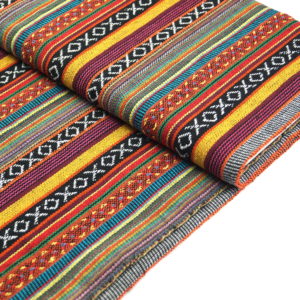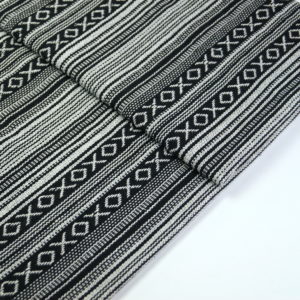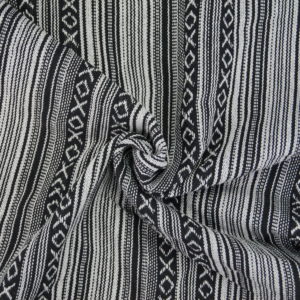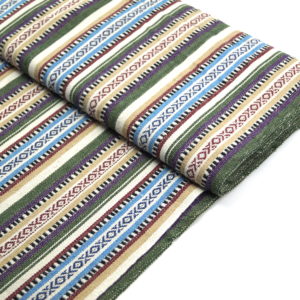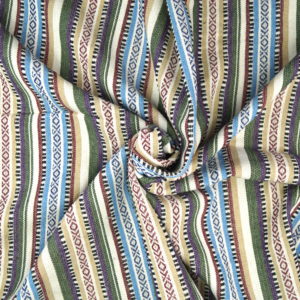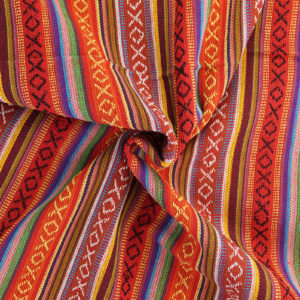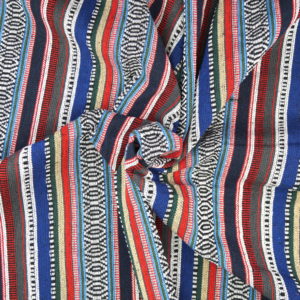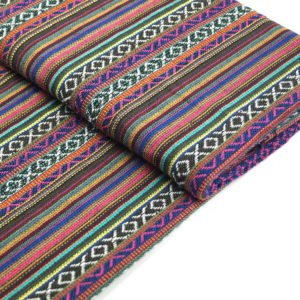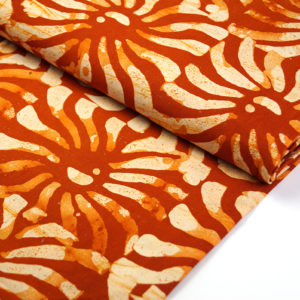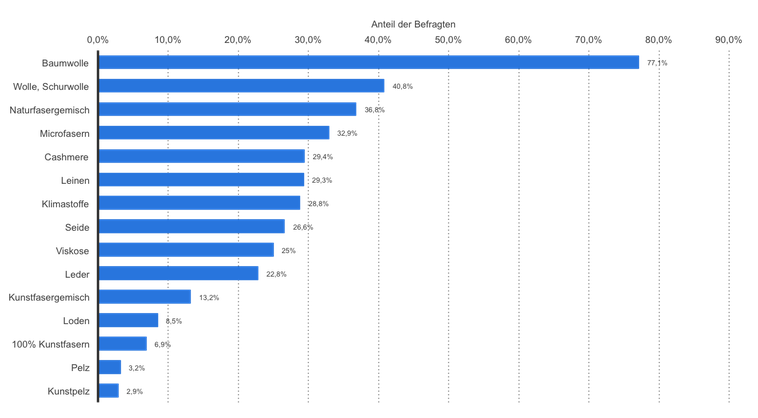Cotton fabrics: six questions about the most popular clothing material
We offer many wonderful in our ONLINESHOP cotton fabrics at. Time to take a closer look at this MATERIAL and look at the background. What is COTTON, how and where is it grown and what INTERFACE is there on the subject of SUSTAINABILITY? We answer six important questions about cotton fabrics.
What is cotton anyway?
Cotton is a natural vegetable fiber obtained from the seed hair of the cotton plant. Compared to other textiles, cotton has many advantages but also some disadvantages. It was demonstrably domesticated for the first time around 5000 years ago and today makes up around 40% of all textiles. About 75% of the world's cotton comes from the global south.
Cotton fabrics are very comfortable on the skin and pose a low risk for allergy sufferers. Because of their durability, cotton fabrics are particularly suitable for everyday clothing. In contrast to synthetic fabrics, cotton fabrics are less flammable, very breathable and highly absorbent.
We started with True Fabrics with african Wax prints Made of cotton, meanwhile you can find over 100 different Buy cotton fabrics onlinethat come from different parts of the world.
Where does cotton come from and how did it spread?
The oldest evidence of cotton comes from India and dates back to 6000 BC. Dated BC, but here it is not certain whether it was already domesticated cotton. Alexander the Great later brought them from India to what is now Greece. It also spread early in Egypt and the Middle East.
The Europeans learned to process cotton late, only with the invention of machines that simplified many processing processes that cotton lost its status as a luxury good in Europe. Augsburg was an important trading point for cotton products for a long time. Today cotton is the most popular material for clothing.
Question: Which clothing material do you like to wear? (Source: Statistics 2016)
How is cotton grown?
The cotton plant is an annual plant and is sometimes grown alternately with other crops in order to protect the soil and thus achieve better harvests. The plant is not very demanding in terms of nutrients, but it does need a relatively large amount of water. Machines can be used for harvesting, but this affects the quality of the cotton, as machines also harvest immature and overripe fibers. Hand-picked cotton is of higher quality.
Unfortunately, nowadays a lot of artificial fertilizers and pesticides are used in the cultivation of conventional cotton, which makes them a less good choice from an ecological point of view than some might believe. Some harvesting machines can only harvest foliage-free plants, which is why chemical defoliants are sometimes used.
What are the steps in the supply chain to the point of clothing?
We have selected a short video to answer this question. But we recommend watching it without sound, the producer of this feature film seems to have been in a very melancholy mood. More suited to a drama.
What are the characteristics of organic cotton fabrics?
In contrast to conventional cotton, when organic cotton is grown, strict rules are adhered to with regard to chemicals. Organic can only be called what meets the guidelines of organic farming. Only natural fertilizers such as manure or compost are used in the production of organic cotton. The soil is richer in humus and can store more water and CO2.
In addition, a field on which organic cotton is grown is usually only used for cotton production every other year. In between, other crops are grown so as not to take too many nutrients out of the soil.
As an alternative to pesticides, organic farmers use other plants that they plant around or in between the cotton to protect their cotton fields from pests.
In 2012 around three quarters of the organic cotton produced worldwide came from India.
What distinguishes Fairtrade cotton fabrics?
Since cotton is traded on the stock exchange, smallholders in developing and emerging countries compete with producers from all over the world. In the industrialized countries, cotton is additionally subsidized, which depresses prices around the world, which is particularly felt by small farmers.
Fair trade tries to counteract these circumstances and above all to provide sustainable support to small farmers and their families who are dependent on cotton cultivation. Fair trade means fair pay, guaranteed prices, better working conditions and democratic organization, no exploitative child labor and environmentally friendly production methods. A product is only awarded the Fairtrade seal if the entire production chain can be verified and the Fairtrade standards are complied with in every production step.
